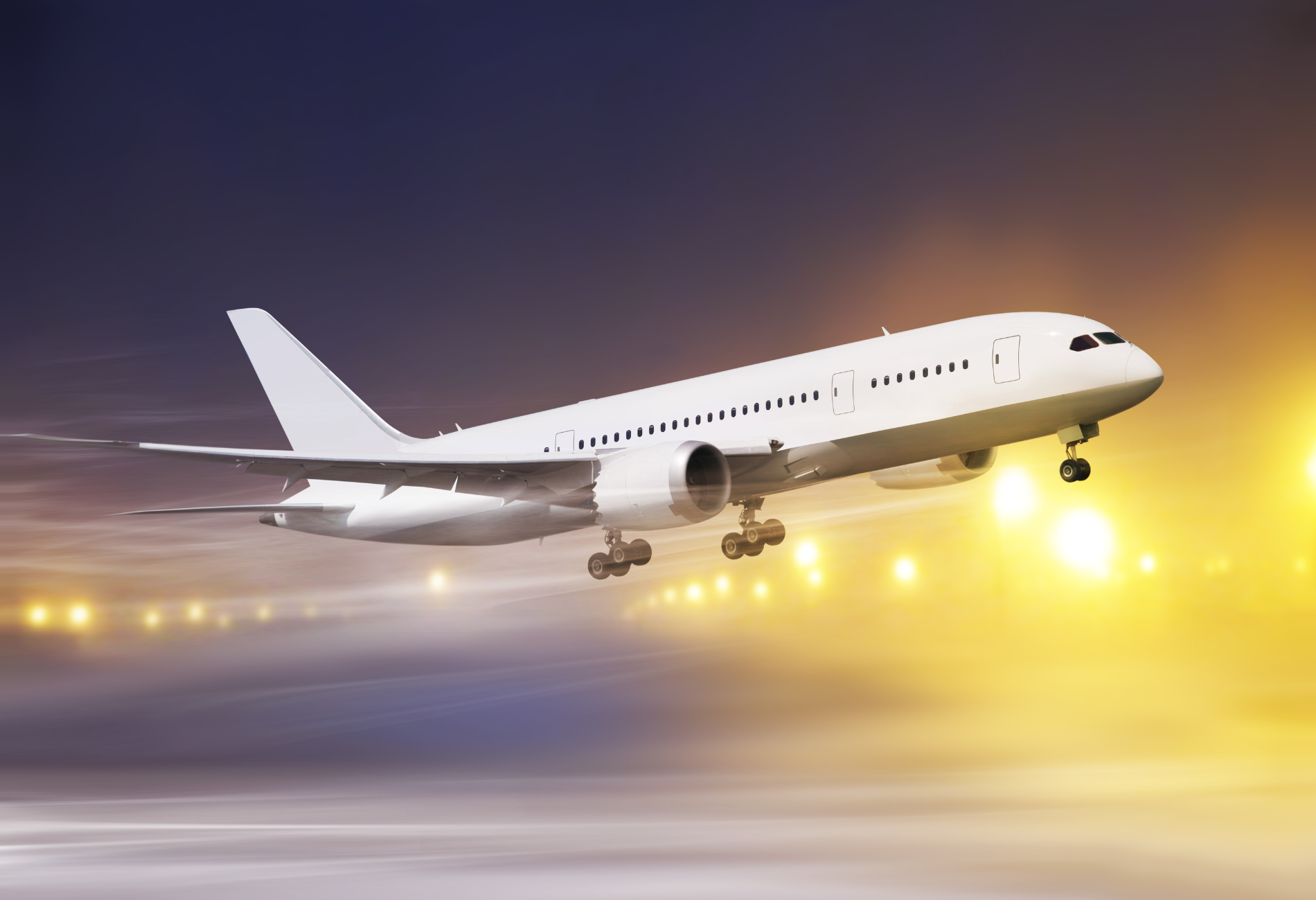In the wake of a terrifying fuselage blowout on a Boeing 737 Max 9 plane, concerns about the aircraft’s safety have resurfaced. We reported on the incident, involving an Alaska Airlines flight, earlier this week, and how it has led to grounding and inspections affecting multiple airlines. But, a looming concern remains: Should you be flying the plane at all?
🛠️ Timeline for service return: Undergoing a thorough review
The grounding of 171 affected planes worldwide has led to significant disruptions, while the timeline for the aircraft’s return remains uncertain. Boeing is revising instructions for inspections and maintenance, undergoing a thorough review by the FAA to ensure passenger safety. But Boeing’s challenge extends beyond resolving technical issues to rebuilding trust within the aviation community.
🔒 Safety concerns and the path ahead
The recent incident adds to Boeing’s series of quality-control challenges. From the well-known Boeing 737 Max crashes resulting in worldwide grounding to issues with the 787 Dreamliner, 777 engine failures, and delays in the KC-46 Pegasus and 777X programs, Boeing has encountered a range of setbacks.

🔮 Looking ahead
Boeing’s CEO, Dave Calhoun, expressed a commitment to transparency and accountability in handling the current situation. However, this incident raises broader concerns about Boeing’s historical quality-control problems. The company’s track record of safety issues and delays has not only impacted its reputation but also raised questions about its approach to aircraft design, production, and adherence to safety standards.
✈️ Ensuring passenger confidence
As the investigations continue, aviation authorities aim to uphold the highest safety standards. Passengers can identify the aircraft model while booking and, if necessary, confirm the plane type using the tail number displayed at the gate.
Want more travel news delivered to your inbox daily? Sign up for The Navigator newsletter here.









 by your friends at The Daily Navigator
by your friends at The Daily Navigator



